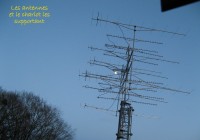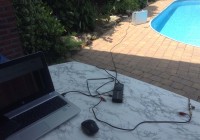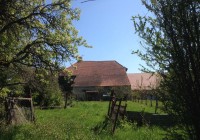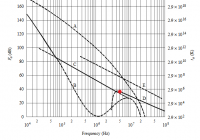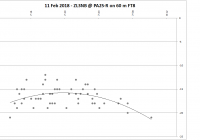Icom IC-7100 stability test
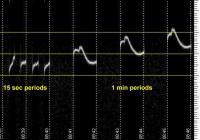
Not too long ago, a pre-owned Icom IC-7100 was acquired, as a replacement for the IC-706 mk II. Although the 706 is a small, versatile and a “value for money” little devil, it has its habits. On 2 metres, the IC-706 frequency drift is very annoying and way too much for narrowband digital modes. Even… Continue reading »

